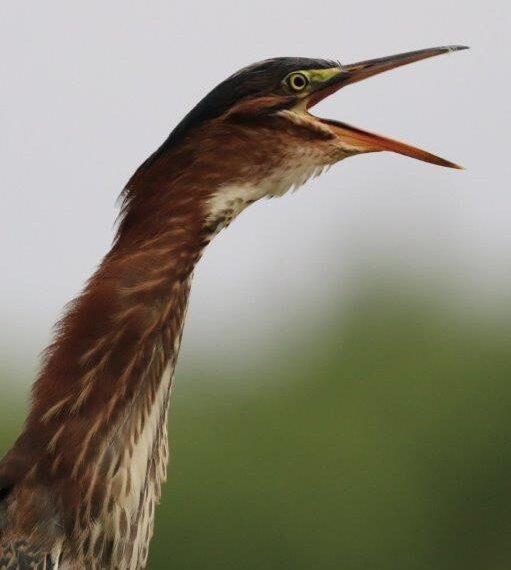“In my block there’s a beautiful children’s zoo. Last week four kids escaped.” – Rodney Dangerfield
Month: October 2021
Is managing IT for the birds?
Back in graduate school, in my electric-fish-research phase, my advisor won a National Geographic grant that took the two of us to Gabon. One of the terms of the grant was that National Geographic had first right of refusal for any photographs we took.
At the time I fancied myself a professional-grade photographer, and so it was that we each sent in the best we’d taken while on the trip. My photos were crisp, well-composed, and attractive.
National Geo’s response: “While your photographs are technically well executed, here at National Geographic we like to have a bit of life in the ones we use.”
But you aren’t reading Keep the Joint Running for tips on taking better pictures, let alone getting the tips from someone whose photos earned a rejection slip.
So instead (drumroll) … here are some tips on IT management that are derived from parallels drawn from what I’ve learned about that subject. Some are more of a stretch than others, so I’m including some recent photos to keep your attention.
Tip#1: Know the current state

When shooting (for example) a green heron, capture it at rest while you can. Motion is harder; don’t miss the shot altogether.
When figuring out your IT management priorities, make sure you understand your department’s current state – “at rest,” so to speak – before you start making plans for motion … for change where change might be needed.
Tip#2: Notice motion

Capturing motion makes for better photos. Recognizing motion in your organization gives you a chance to reinforce that you value initiative right away, when it occurs. Even if what you’re seeing is just random movement, you can still take advantage of it as an object lesson in what you want to see.
Tip#3: Listen

Observation is an important tool in your toolkit – so much so that for many managers one of their top priorities right now is figuring out how to engage in “management by calling around” with remote employees, for whom management by walking around doesn’t work.
But beyond observation, pay attention when employees take the initiative to vocalize in your general direction. When the sound is coming from a green heron it might be trying to let you know you’re getting on its nerves.
When your employees are making sounds in your general direction they just might let you know something important about what’s getting on their nerves, even if it isn’t you.
You just have to pay attention.
Tip#4: Give your subject some space

When photographing an interesting subject (in this case a great blue heron) it’s tempting to go for the close up. But that can backfire – you get the motion National Geographic likes, but at the risk that what it you’re trying to capture in motion doesn’t want to stick around while you take more photos of it.
When managing IT you might be tempted to get the results you need by overseeing the work that’s getting done too closely. Not every IT professional will sit still for managers who get too close, either. They’ll call it micromanagement and even if they’re wrong they’re right, because there are no precise metrics for identifying micromanagement.
Only gripes when it’s perceived.
Bob’s last word: There’s a near-iron-clad law of avian photography – birds have a remarkably precise ability to know the exact focal length of the lens you’re shooting photos with, and the exasperating habit of perching just beyond what that focal length will support.

Great glass does make a big difference. But patience can make an even greater difference.
With your employees, providing the best tools of the trade is the parallel to shooting photos with the right equipment. It can make a big difference in employee performance.
But as with photography, when it comes to encouraging the best performance, patience counts for even more.
Bob’s sales pitch: It’s time for you to hop over to CIO.com again to read the next article in my “IT 101” series. This time the subject is technical architecture. And if you don’t mind, take the time to let me know what you think of the series so far.
